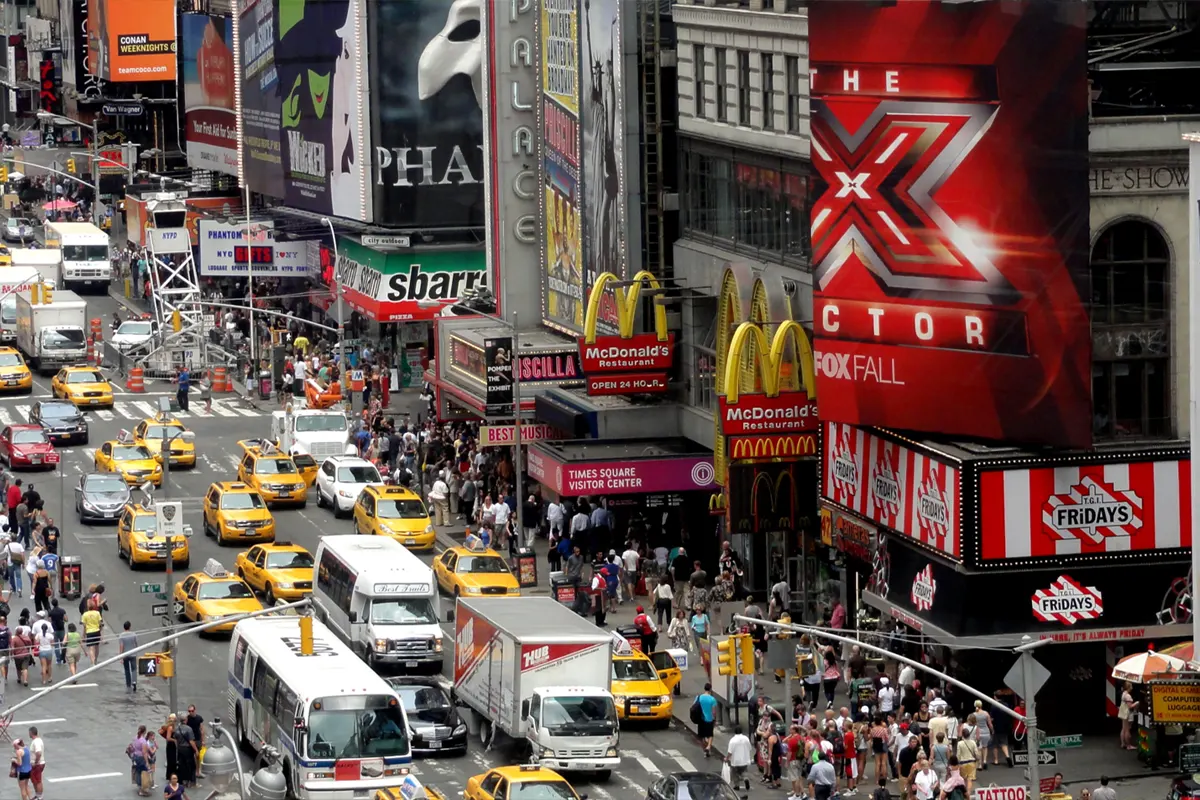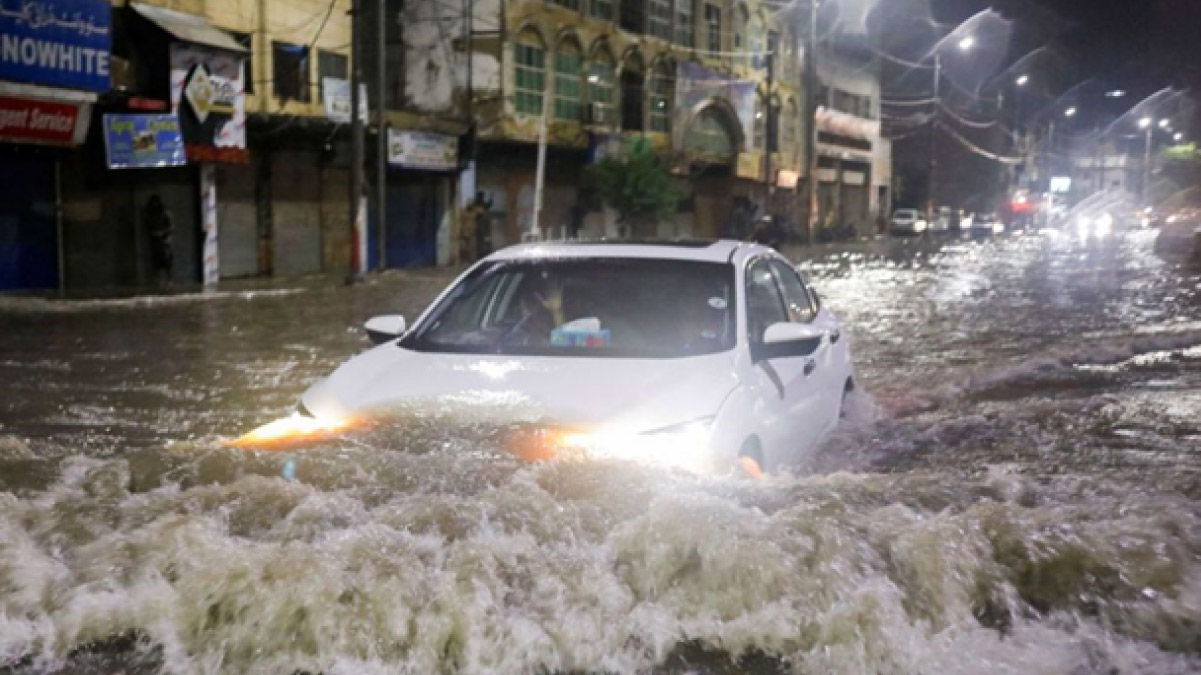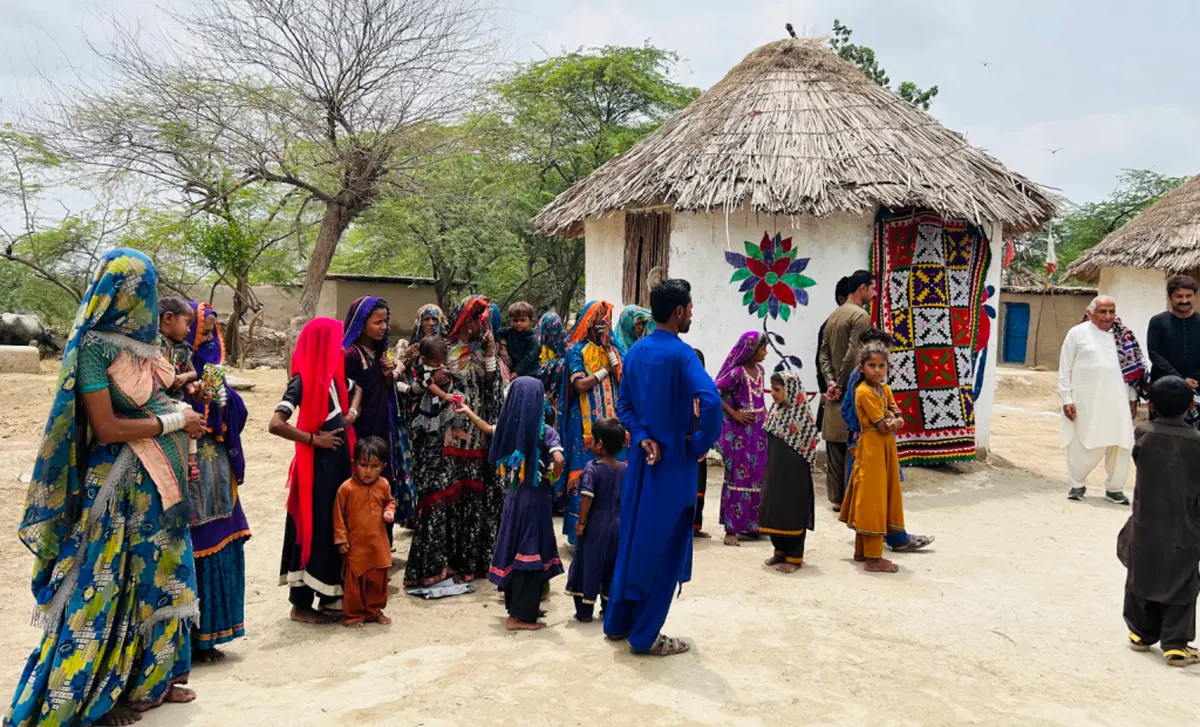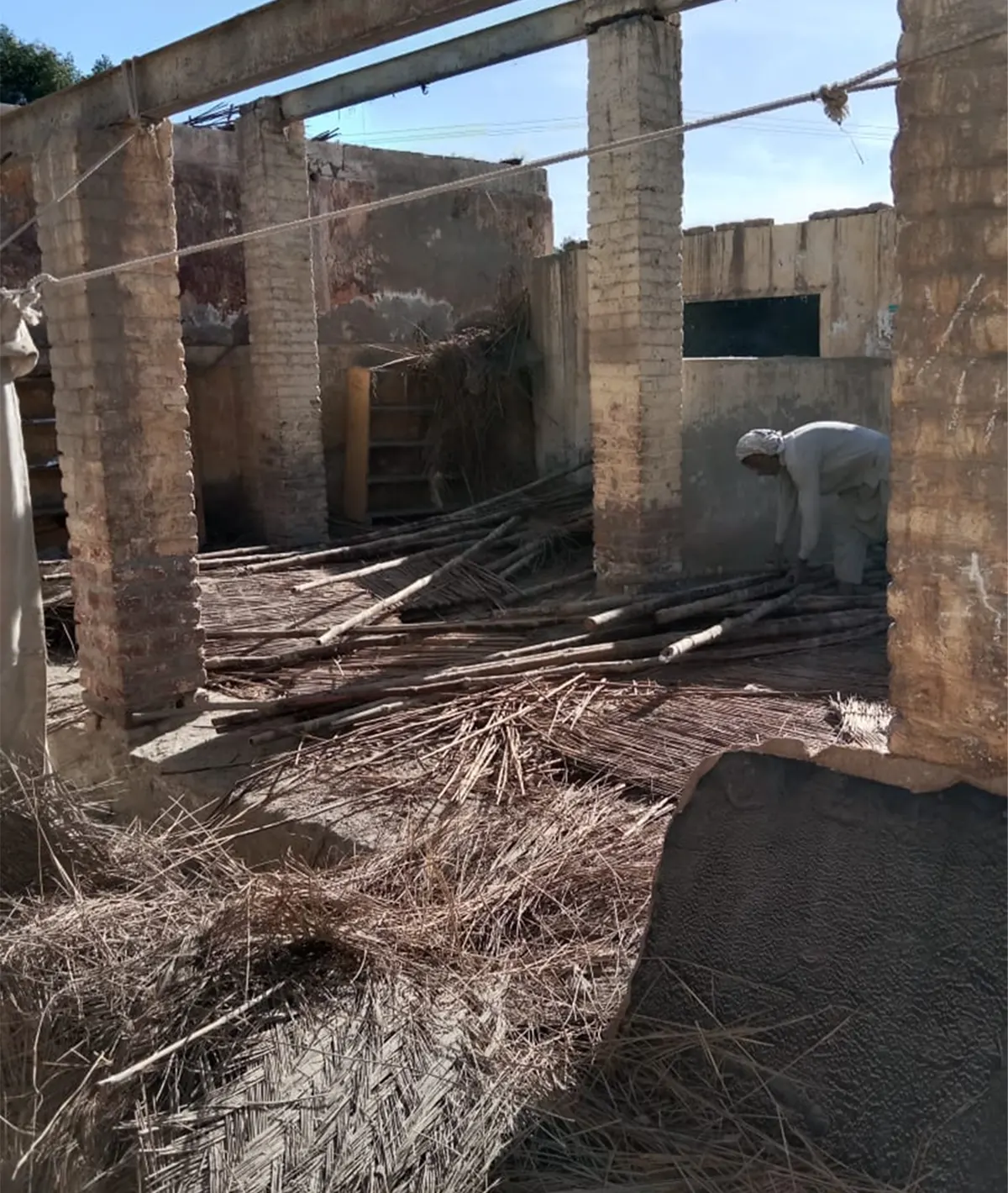Asad Jan Interview
This April, I had the opportunity to briefly speak with Asad Jan, an urban planner at the multinational infrastructure consulting firm AECOM. AECOM as a firm is committed to decarbonization and finding ways to help infrastructure adapt to the effects of climate change, and with around 70% of global greenhouse emissions coming from infrastructure I wanted to hear Asad’s thoughts and ideas on the field, and the goals to make it more sustainable.
Ammad Zuberi (AZ): What inspired you to become an urban planner?
Asad Jan (AJ): Well, growing up in Pakistan, infrastructure was not a well developed field, and at the time I became interested in the built environment and architecture, though that was it. Then in college I began to focus on looking at the stuff between the public spaces: the design view. It became my area of interest to see how society organizes itself in urban settlements, which lead me to urban planning.
AZ: What exactly is your work as an urban planner, our sustainability factors taken into account?
AJ: Humans have evolved to be the majority animal in every country across the world and we have mostly advanced to organizing ourselves in urban settlements with hierarchies. I work to find the most sustainable ways to create these urban settlements to avoid a climate crisis. Per capita carbon footprints in urban settings are in fact smaller than those in rural ones, and civil services in these denser spaces are a main reason. For example, the millions of people packed into New York City are each producing much less waste than the people living in the rural areas outside of the metropolis. With the cost-effective public transit model centered around subways better for the environment than the more car-centric models in rural America, sustainable urban development is showing the need to move on from the fossil-fueled car-centric model.
AZ: In your experience, how do you specifically take the environment into account when it comes to urban planning?
AJ: There is environmental planning within urban planning, where multiple different reviews have to be conducted by state regulators. The government will ask to prove that a project is environmentally viable and a firm would then need to use publicly available data or surveys to do so. All the measures of a project are also analyzed by a planner, so there are multiple different layers of environmental checks in these infrastructure projects.
AZ: Is it quick to implement new, more sophisticated, and environmentally viable infrastructure?
AJ: My work is just as a planner it takes decades for projects to come to fruition. For example, the 2nd avenue subway system in New York’s expansion and shift from aboveground to underground has taken more than a generation, and is still not finished. These big projects take a very long time.
“What Choice do We have”
AZ: How do you see the future going for sustainability, how do you feel we can better coexist with our environment?
AJ: What choice do we have. The driving force behind urban planning is making cities easier to live in, to help people access services and be part of a community. Infrastructure mistakes of the past are catching up to us, such as badly planned highways, and causing environmental problems but I feel more optimistic. The need for survival has created different avenues for society to develop, with the transition to battery power and breakthroughs in technology, but there have still always been things tripping us up, such as the battery capacity problems for electric vehicles. I am optimistic because of the clear need for humans to improve the way we treat our environments, it’s how I motivate myself feeling that these projects I am planning will make a difference, though a lot of work needs to be done. There is a lot less cause for humanity if we don’t do it. I hope that the world will change into the beautiful planet which is the only place we know to be home.
Projects
Hello I’m Ammad Zuberi, I’m sure you’ve heard of the devastating
On my trip to Pakistan this summer, I had the amazing opportunity to go and survey the sustainable village project that I had raised funds for in 2022 after deadly floods dislocated 33 million people in Pakistan.
On my trip to Pakistan this summer, I had the amazing opportunity to go and survey the sustainable village project that I had raised funds for in 2022 after deadly floods dislocated 33 million people in Pakistan.




